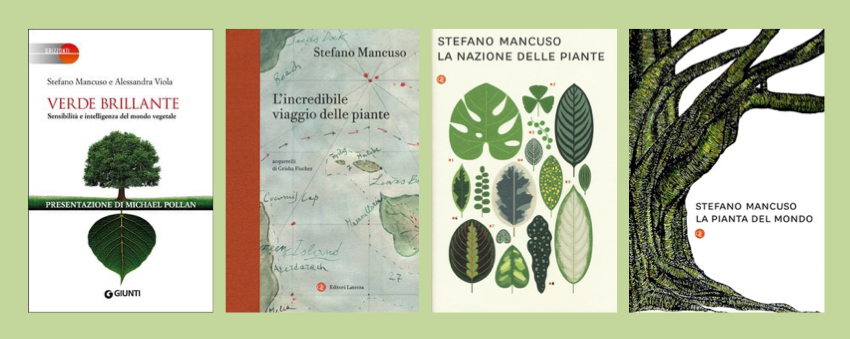
We dedicate this series of advice to four books by an author who is now popular not only among science experts, but also among those who appreciate him for his pleasant and captivating writing.
Besides being an excellent popularizer, Stefano Mancuso is professor of General arboriculture and Tree cultivation at the University of Florence and director of the International Laboratory of Plant Neurobiology (LINV). He is one of the founders of the International Society for Plant Signaling & Behavior and a member of the Georgofili Academy.
We have chosen these volumes among his vast production because, in our opinion, they can help us follow this scientist on a path that we will find surprising. He will make us understand how our being animals may imprison us in a world made only in our image and likeness and how learning to look around us with new eyes can help us finally understand our Planet.
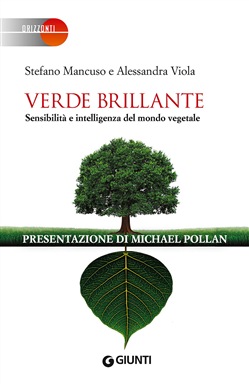
Are plants intelligent beings? Are they able to communicate with each other, to solve problems? Or are they inert and insensitive, immobile furnishings of our world? Already Charles Darwin in The power of the movement of plants and in The movements and habits of climbing plants, by observing minutely the movements that plants and their components were able to make, asked himself many questions and hypothesized answers. Stefano Mancuso and Alessandra Viola, starting from these questions and these assumptions, show that plants are by no means “inferior” organisms. Indeed, like other living beings, they have a “personality”, they rely on sensory apparatuses similar to our senses, they exchange information and interact with the other elements of the ecosystems they are part of, they adopt strategies for survival, they “organize” their social life, and make the most of energy resources. They are able to choose, learn and remember, and feel gravity.
Intelligence, learning, memory and communication are not the prerogatives of the animal world: Verde billante (Bright green) explains why these are qualities that plants share with us. Indispensable for human survival, the plant component of the planet will be increasingly important for future scientific and technological development.
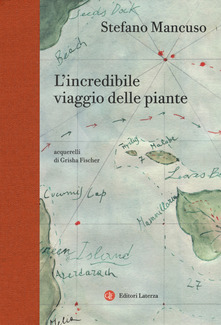
Edition year: 2018 | Pages: 144 p., Ill. , Hardcover
EAN: 9788858133323
Since childhood we have believed that the first difference between an animal and a plant was the ability to move: animals can, plants can’t. Yet, despite the fact that most of them are anchored by the roots, to conquer the planet they move to look for new territories to colonize, they move to get nourishment, to defend themselves, to reproduce.
Throgh the narration of extraordinary stories, Stefano Mancuso accompanies us on the nearly invisible, intelligent journey that plants make to conquer the world. To travel they rely on air, water, animals, using a thousand tricks. So they are the majority of all that is alive on Earth, as animals are only a small minority and men are quantitatively irrelevant entities.
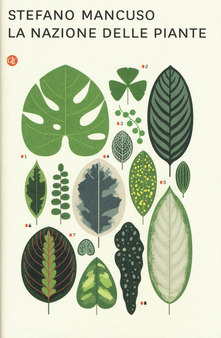
Pages: 139 p., Hardcover | EAN: 9788858135815
To present this third volume we quote the words of the author: “In the name of my now decades-long experience with plants, I have imagined that these dear travelling companions, as caring parents, after making life possible for us, came to help us by observing our inability to guarantee our survival. How? Suggesting a true constitution upon which to build our future as beings respectful of the Earth and other living beings. There are eight articles in the constitution of the Nation of Plants, as well as eight are the fundamental pillars on which plant life is based, and therefore the life of all living beings “.
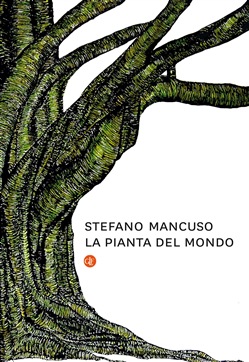
Pages: 200 p., Ill. , Paperback | EAN: 9788858140680
Also in this case it seems right to leave the word to Mancuso himself, who explains the genesis of the idea that gave life to this splendid volume, which also contains images drawn by the same Author.
“One day the English composer Sir Edward Elgar was asked where his music came from. The answer was:” My idea is that there is music in the air, music all around us, the world is full of it and you can get every time as much as you need. ”The same happens for plants which, like music for Elgar, are literally everywhere and to write about them you just have to listen to their stories and tell them. All the ones that we need. This is how this book was born: by writing stories of plants that intertwine with human events and bind to each other in the narration of life on Earth. Because plants constitute the rib, the map (or plant) on the basis of which the whole world we live in. Not seeing it, or even worse, ignoring it, believing you are above nature, is one of the greatest dangers to the survival of our species. “
Credits
Author: Anna Lacci is a scientific popularizer and expert in environmental education and sustainability and in territory teaching. She is the author of documentaries and naturalistic books, notebooks and interdisciplinary teaching aids and multimedia information materials.
Translation by Maria Antonietta Sessa


